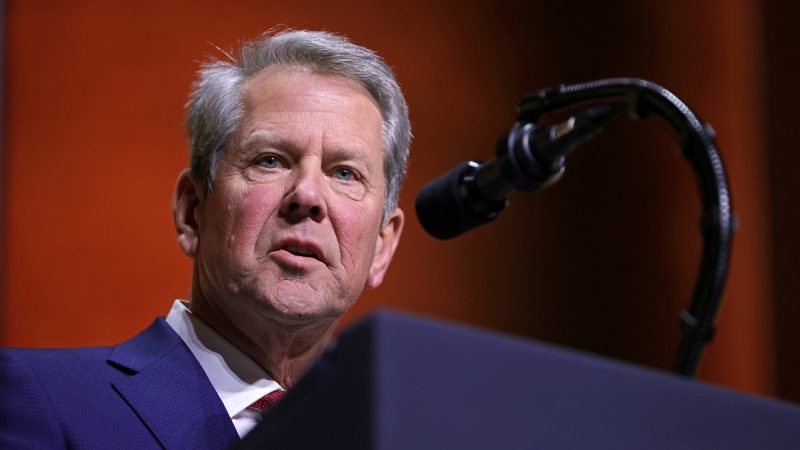
The 2026 Senate races are shaping up to be a fascinating battleground, and behind the scenes, the Republican Party is facing some unexpected challenges. Several high-profile potential candidates have opted out of key races, leaving some within the party questioning their ability to field competitive candidates in the Trump era.
With 35 Senate seats up for grabs in 2026, including crucial swing states like Georgia and Michigan, the Republicans’ current 53-seat majority is far from secure. The Cook Political Report highlights several races leaning Democratic, adding to the party’s concerns. While Senator Tim Scott, chairman of the National Republican Senatorial Committee (NRSC), aims to maintain the majority and even expand it, the recent withdrawals of prominent figures have cast a shadow on those ambitions.
Georgia’s Senate race, currently held by Democratic Senator Jon Ossoff, has been a particular focus. Governor Brian Kemp, initially considered a strong contender, surprised many by declining to run, citing family considerations. This decision, despite significant pressure from Senate leaders and even President Trump, has sparked debate within the party. Some believe Kemp’s decision, along with former New Hampshire Governor Chris Sununu’s similar withdrawal, reflects a struggle to attract centrist candidates who can appeal to a broader electorate.
The concern is that candidates too closely aligned with Trump or holding extremely conservative views might struggle in statewide races. This is particularly relevant given the ongoing backlash against Trump’s presidency and certain policies. However, other Republicans argue that these withdrawals don’t necessarily indicate a broader recruitment problem. They point to Trump’s 2024 Georgia win and the continued enthusiasm within the party’s base in states like New Hampshire as evidence that the situation is not as dire as some suggest. The economic climate and public opinion, they argue, remain fluid and unpredictable, making it difficult to forecast the political landscape in 2026.
Adding to the complexity, the Georgia Senate race has seen a flurry of activity since Kemp’s withdrawal. Representative Buddy Carter, a self-proclaimed “MAGA Warrior,” has entered the race, highlighting his close ties to Trump. Meanwhile, Representative Marjorie Taylor Greene, a staunch Trump ally, initially considered a run but ultimately decided against it, citing concerns about the Senate’s effectiveness and its ability to advance Trump’s agenda. Her decision, while surprising some, has been met with relief by other Georgia Republicans who believe her polarizing persona would hinder the party’s chances in the general election.
The NRSC has stated it will assess each Senate primary individually, prioritizing the best interests of voters in each state. While Democrats are celebrating Kemp’s withdrawal, viewing it as a boost to their chances, they also face their own challenges. Their 2024 losses and low approval ratings make their path to victory in 2026 far from certain, especially considering the number of Senate seats up for election in solidly Republican states. The upcoming races promise to be a captivating showdown, with the outcome heavily influenced by the ever-shifting political landscape and the enduring impact of the Trump era.
Ultimately, the question of whether the Republican Party is truly struggling to recruit Senate candidates remains unanswered. The coming months will reveal much, offering valuable insights into the party’s ability to navigate the complexities of the current political climate and position itself for success in 2026. It’s a story that’s far from over.










